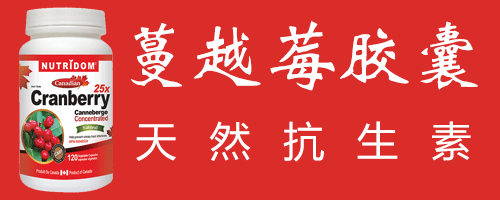http://www.engineeringpage.com/info/he/HEside.htmlFLUID ALLOCATION: CHOICE BETWEEN SHELL OR TUBE SIDE
Introduction
The choice of the allocation of the fluid to the shell side or tube side can have a significant impact on the performance, economics and maintainability of a heat exchanger. For most design work a balanced decision is required as the considerations can lead to opposite preferences. Some general guidelines are provided underneath:
Fouling
There are many mechanisms of fouling. Allocating the most fouling fluid to the tube side will be more favourable as mechanical cleaning of the inside of the tubes wil be much easier. As the allowable velocity in the tubes is usually higher than at the shell side and a high fluid velocity causes attrition of the deposits, it is possible to reduce fouling by design.
Mechanical Design Pressure
It will be more econamical to put the medium with the highest maximum allowable working pressure at the tube side. If the shell side needs to be designed for a high pressure the wall thickness will increase making the heat exchanger more expensive.
Corrosion
If you need an expensive corrosion resistant material it will be more economical to place the corrosive fluid in the tubes as this will reduce the costs of the shell material or cladding.
High Viscosity or Low Flowrates
To obtain an economic design high heat transfer coefficients are required. As heat transfer coefficients are much higher for turbulent flow this is the most important aspect to look into. For a highly viscous medium or a low flowrate turbulent flow can be obtained easier at the shell side. If the Reynolds number at the shell side is below 200, however, it will probably be cheaper to allocate this fluid to the tube side and use a high number of tube passes.
Use the thermal rating calculation routine to do trial and error runs and get an economical design.



























